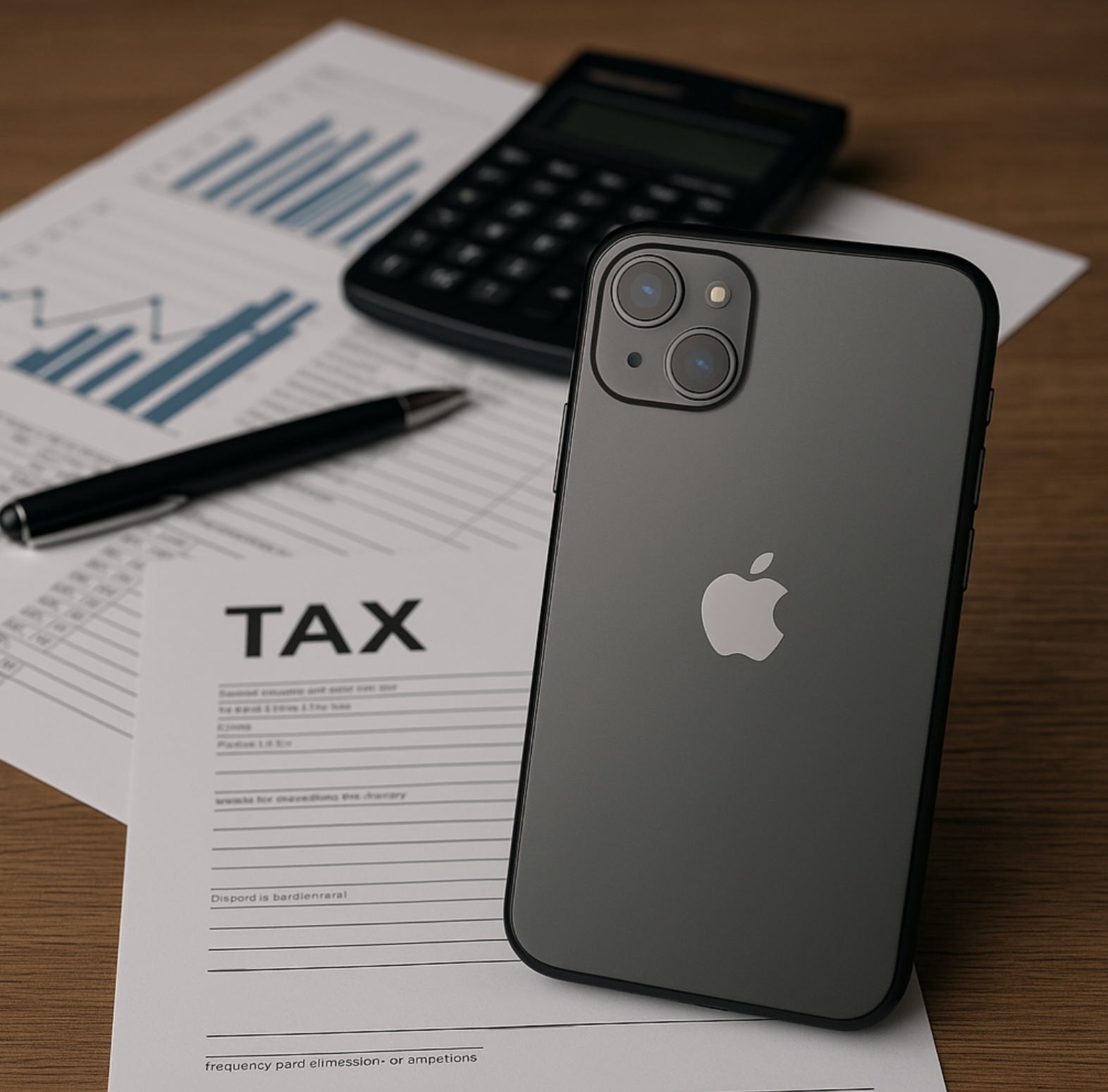The proposed iPhone update tax in Germany, aimed at levying charges on each software update provided by Apple, could have far-reaching implications for the company’s financial operations, compliance strategies, pricing models, and consumer relationships. This section explores in detail how Apple may handle the tax from an accounting, auditing, and business strategy standpoint, and whether the cost is likely to be passed on to end-users.

1. Accounting Implications for Apple
Apple’s finance and accounting teams would need to modify several core practices to properly account for the new tax on software updates.
A. Revenue and Expense Recognition
- Update Services Revenue: iOS updates are typically offered free but are embedded in the overall value proposition of Apple devices. If a chargeable tax is applied to these updates, Apple must determine whether to separate the update component from the bundled revenue.
- New Tax Line Item: Apple may classify the tax as an indirect tax, either recorded as a cost of sales or as a selling and distribution expense depending on the treatment.
B. Cost Absorption vs. Cost Pass-Through
- Absorbing the Tax: If Apple chooses to absorb the cost, this would reduce profit margins, particularly in the German market. This could trigger internal reallocation of budgets or require cost-cutting elsewhere.
- Passing it to Consumers: Apple could raise device prices or introduce an update subscription fee for German users. This would require deferred revenue accounting adjustments and increased disclosures under IFRS 15 / ASC 606.
C. Transfer Pricing Adjustments
- Intercompany Charges: Apple’s German subsidiary may need to reflect the tax impact in its transfer pricing agreements with Apple Inc. in the U.S., affecting taxable income and requiring documentation under OECD guidelines.
2. Auditing and Compliance Considerations
Auditors will play a crucial role in ensuring compliance with local tax laws and accurate financial reporting of this levy.
A. Verification of Tax Calculations
- Transaction-Based Testing: Auditors would validate the number of software updates issued and the correct computation of taxes owed per update, especially if tax rates vary by type of update or user segment.
B. Risk Assessment and Disclosure
- Material Risk: If the tax introduces significant exposure, the risk must be highlighted in the audit report, particularly under contingent liabilities or operational risks.
- IT System Controls: Auditors would evaluate whether Apple’s ERP and tax engines have been updated to accurately apply the new levy to applicable transactions.
C. Deferred Tax Implications
- Timing Differences: Auditors and accountants must assess if the new tax introduces temporary or permanent differences between accounting and taxable income that affect deferred tax assets/liabilities.
3. Strategic Business Response from Apple
A. Pricing Strategy Adjustments
- Bundling the Tax: Apple may incorporate the cost of the update tax into the initial purchase price of its devices, thereby shifting the burden to the consumer without creating new visible fees.
- Subscription Model: Another alternative could be introducing an optional “software support plan” that includes updates, effectively segmenting the update service as a paid offering.
B. Geographic Tax Planning
- Shifting Update Servers: Apple may consider routing software updates through jurisdictions without such levies, although this would raise legal and reputational issues related to tax avoidance.
- Revising User Agreements: Legal teams may update Apple’s terms of service in Germany to reflect the tax as a local charge, shifting legal responsibility to users while maintaining compliance.
C. Public Relations and Consumer Loyalty
- Transparency vs. Backlash: Apple will have to balance public disclosure with customer satisfaction, especially if price hikes or subscription models are introduced.
- Alternative Mitigation: Offering additional services bundled with updates may soften the consumer response if the tax is passed on indirectly.
4. Long-Term Economic and Competitive Considerations
- Innovation Strategy: Increased taxation on updates may disincentivize continuous software improvements or frequent security patches if they incur tax costs.
- Market Segmentation: Apple may begin to offer tiered update experiences (e.g., basic vs. premium updates) in response to regulatory costs, potentially altering the user experience.
- Competitor Positioning: If rivals are not subject to similar levies, Apple could face competitive disadvantages in the German market, influencing future pricing and innovation decisions.
Strategic and Financial Outlook for Apple Under a Software Update Tax
The introduction of a tax on iPhone software updates in Germany would compel Apple to adapt across multiple dimensions—from accounting compliance and audit readiness to pricing strategies and operational structures. While the company may choose to pass the cost onto consumers, doing so risks reputational backlash and market share erosion. Ultimately, Apple will need to balance profitability, transparency, and compliance while navigating evolving digital taxation landscapes.